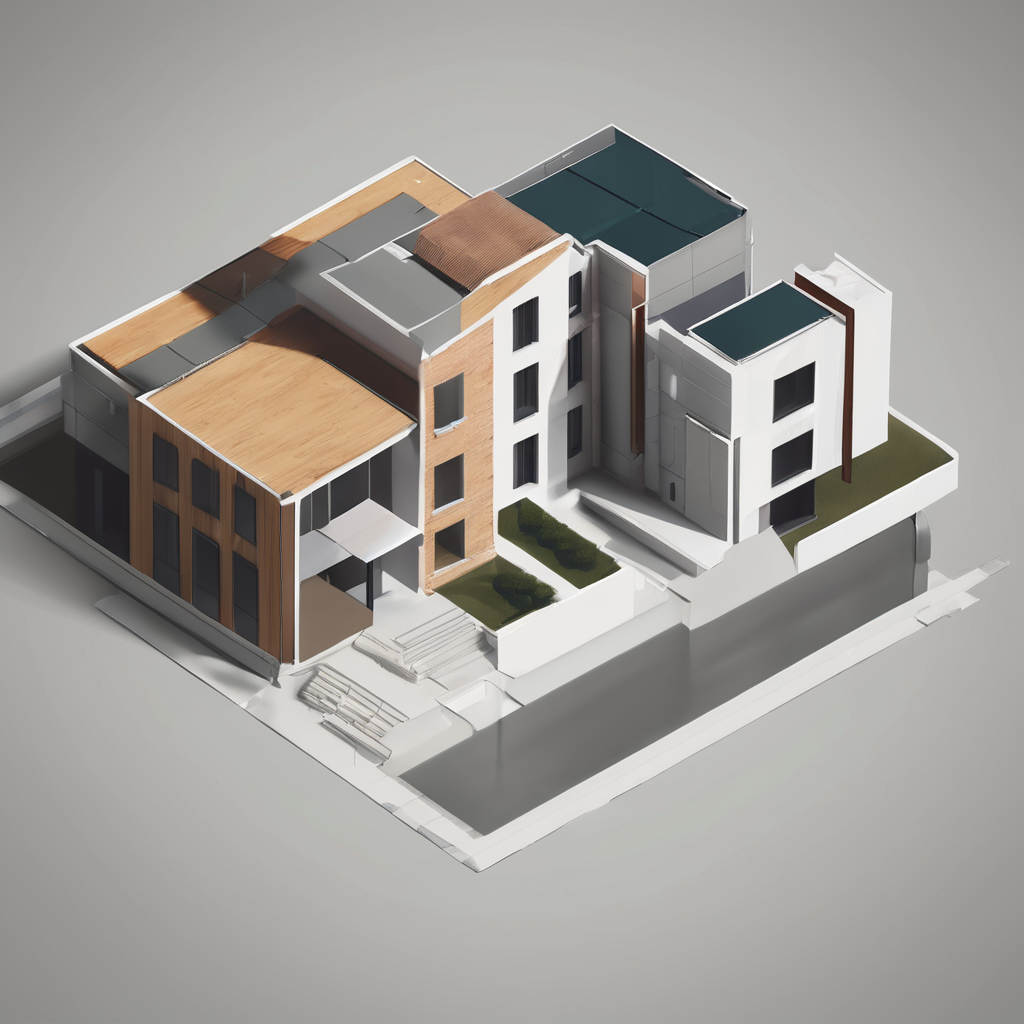Practical Principles of Minimalism for UK Home Decor
Minimalism principles focus on intentional living by prioritising quality over quantity—especially relevant to UK home décor basics. This philosophy encourages retaining only items that serve a clear purpose or bring joy, simplifying both your space and lifestyle. In UK households where space can be limited, minimalist UK homes embrace this by reducing unnecessary clutter to maximise usability and visual calm.
The main benefits of minimalist design in UK homes include enhanced spatial flow and easier maintenance. Traditional British homes often come with character-rich features like fireplaces or bay windows, which minimalism respects by highlighting these elements rather than overwhelming them with décor. Modern UK homes, too, benefit from minimalist principles as open-plan layouts thrive on uncluttered surfaces and streamlined furnishings.
This might interest you : How can you enhance the curb appeal of your UK home with decor?
Adapting minimalism to common British housing sizes means prioritising multifunctional pieces and thoughtful storage to combat compact room dimensions. For instance, choosing furniture that offers hidden storage preserves floor space and maintains a clean aesthetic. This tailored approach ensures minimalist UK homes remain practical, stylish, and harmonious with local architectural traits.
Actionable Steps to Begin Minimalist Decorating in the UK
Starting with getting started minimalism in UK homes involves simple yet effective decluttering techniques. Focus on sorting items by necessity and sentimental value, applying the classic keep, donate, discard method. This approach suits compact UK spaces by reducing clutter without overwhelming effort.
Also read : How Can You Incorporate Minimalism in Your UK Home Decor?
Setting clear intentions is essential for a smooth minimalist journey. Define priorities—whether it’s creating more space, easing maintenance, or enhancing calmness. When you know what minimalist transformation means personally, decisions become more straightforward and purposeful.
For beginner-friendly minimalism tips, embrace a gradual transition. Begin with one room or area and give yourself small milestones. This prevents burnout and lets you experience the benefits step-by-step. Incorporate minimalist habits like limiting future purchases and repurposing existing items.
By pacing the process and remaining intentional about choices, the minimalist UK lifestyle becomes sustainable. This minimalism UK guidance fosters commitment and encourages ongoing refinement tailored to your living environment and preferences.
Curating a Minimalist Look with UK-Specific Color Palettes and Textures
Adopting a UK minimalist color palette is essential to harmonise with local lighting and architectural styles. Given the often overcast or diffused daylight typical in the UK, choosing soft, muted tones like gentle greys, off-whites, and earthy beiges helps maintain brightness while supporting minimalist aesthetics. These colours reflect natural light effectively, preventing spaces from feeling gloomy, a common challenge in UK interiors.
Textures for UK interiors play a vital role in adding warmth and depth to minimalist spaces. Incorporating natural materials—such as wool, linen, or locally sourced wood—introduces subtle tactile contrast that complements the restrained colour choices. These textures also echo sustainable practices embraced in UK home decorating, promoting eco-friendly living alongside style.
Layering textures—like a chunky knit throw on a streamlined sofa or a woven rug over smooth flooring—creates inviting, cosy environments without sacrificing the simplicity central to minimalism. This balance addresses UK homeowners’ need for functional elegance suited to both modern and traditional homes.
By focusing on colour schemes tailored to UK lighting, integrating native materials, and thoughtfully layering textures, you can achieve a minimalist look that feels warm, authentic, and perfectly suited to UK homes.
Examples and Inspiration: Minimalist UK Home Decor Case Studies
Small British homes showcase how UK minimalist home examples transform cluttered spaces into serene retreats. A common feature across many real UK minimalism cases is the clever use of multi-purpose furniture and clever storage to maximise limited space. Before-and-after images vividly reveal the impact of decluttering, with rooms feeling lighter and more open.
Across regions, minimalist room examples UK vary to suit local architecture—from classic Victorian flats in London to modern Scottish apartments. Despite stylistic differences, both prioritise space-saving solutions such as built-in shelving, under-stair storage, and foldaway desks, proving these strategies work across property types.
Visual inspiration often highlights layouts focused on flow and simplicity. Open-plan living areas use minimalist furnishings to maintain clear sightlines, while compact bedrooms adopt low-profile beds and minimal accessories to avoid overcrowding. These case studies underline how minimalism is readily adaptable, blending practicality with elegance in typical UK homes.
Real UK minimalism shines in its ability to creatively solve common British space constraints. By studying these examples, homeowners can confidently implement similar ideas to enhance their own living environments, making minimalism both achievable and stylish.
Choosing UK Brands and Retailers for Minimalist Home Essentials
Selecting UK minimalist brands ensures that your home essentials fit both style and cultural sensibilities. Trusted names such as Made.com, Habitat, and Heal’s offer extensive ranges of minimalist furniture tailored for UK homes. These brands combine sleek designs with practical sizes suitable for smaller British living spaces. Additionally, UK home décor retailers often provide superior customer service and easier returns compared to international counterparts.
When considering local versus international minimalist brands, local retailers typically excel in quicker delivery and better adaptation to UK tastes. However, international brands may offer more variety or unique designs, often at the expense of longer shipping times and higher carbon footprints. Balancing these factors is key to a satisfying minimalist experience.
For eco-conscious consumers, sustainable UK interior brands like Loaf and The White Company focus on ethically sourced materials and environmentally friendly production. Choosing such brands supports the growing movement toward sustainable living while complementing a minimalist lifestyle. These options encourage reducing waste through quality over quantity, aligning with minimalist principles.
By thoughtfully selecting from these diverse UK home décor retailers and sustainable brands, you can cultivate a minimalist space that is stylish, practical, and mindful of environmental impact.
Maintaining Minimalism: Practical Sustainability and Longevity Tips
Sustaining minimalist living maintenance demands consistent effort to keep clutter at bay while staying aligned with core minimalist principles. Regularly revisiting what possessions truly serve your daily life and removing items that no longer fit helps maintain a serene environment. In a UK context, practical steps include embracing sustainable minimalism UK by choosing durable, high-quality items that reduce frequent replacements.
Incorporating eco-friendly décor UK supports long-term minimalism by prioritising materials with low environmental impact, such as reclaimed wood, organic textiles, or non-toxic paints. This approach benefits both your home’s aesthetic and contributes positively to environmental goals, essential in UK households aiming for sustainability.
Balancing comfort, function, and style is critical. Select furniture and decor that serve multiple purposes while remaining visually pleasing and easy to maintain. For example, opting for washable slipcovers or modular storage units can simplify upkeep without compromising design. Regularly scheduling decluttering sessions keeps your space functional and inviting.
By continuously applying these strategies, minimalist living evolves from a one-time project into a sustainable lifestyle. Explore more on implementing these ideas to enhance your home’s lasting simplicity and eco-conscious appeal.




